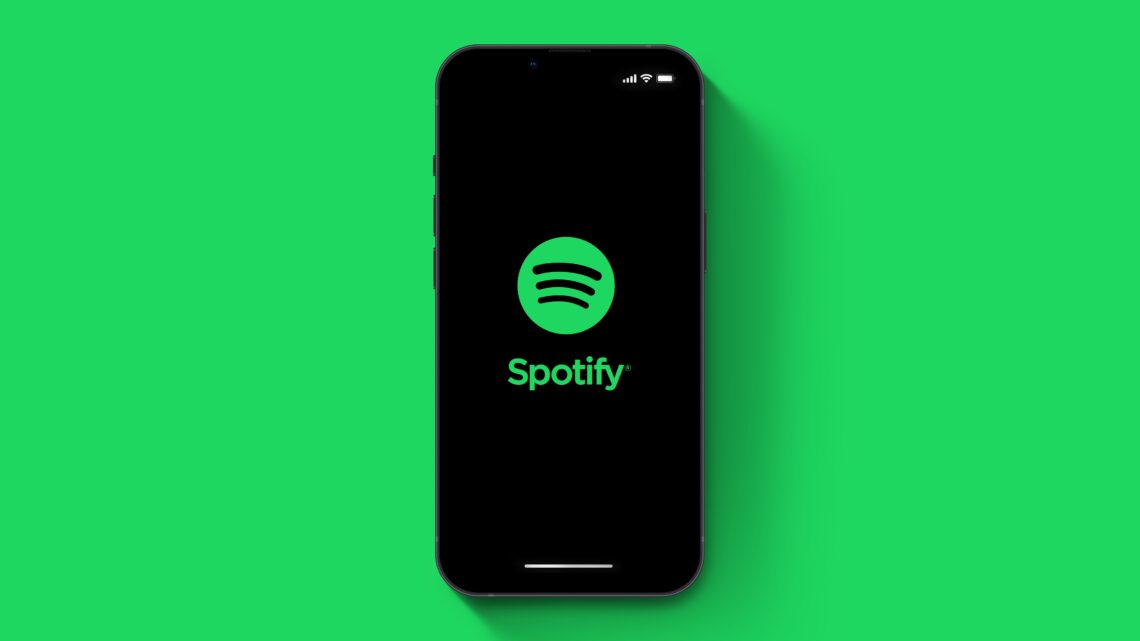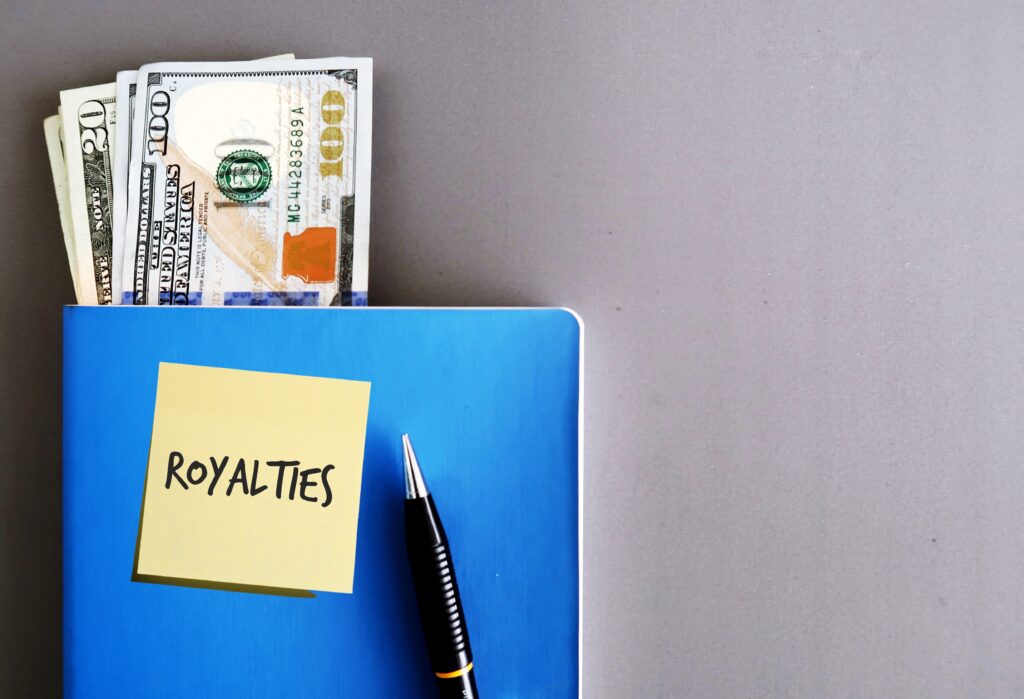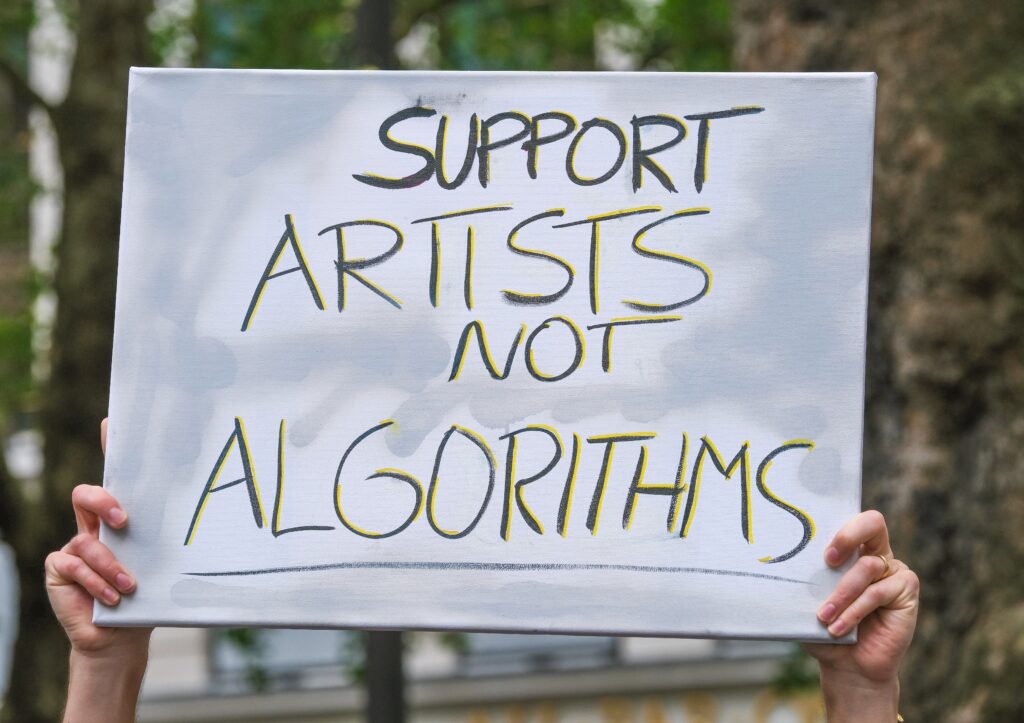What’s the real reason behind Spotify’s new royalty payout model? And how will it impact independent artists?


Spotify have announced they are modernizing their royalty system to better support emerging as well as professional artists – from early 2024 only songs that receive 1000 streams or more will be eligible for payouts, which has been highly criticized by the independent music community as a way for them to pay artists less. But is this really the reason they are making these changes?
It’s important to note that according to Spotify, they “…will not make additional money under this model.” They have had to deal with new problems on their platform from emerging technologies (aka the growing problem of fake streams generated by AI), as well as payout issues due to intermediary fees.
Spotify’s Royalty Model Tries To Keep Up With The Rapid Rise Of New Music https://t.co/97j8XMr4XK
— Forbes (@Forbes) October 27, 2023
Spotify claims that songs streamed between 1-1000 times a year generate an average of only $0.03 per month. This comes as no surprise, as everyone (not just artists) is aware of their less than modest payout rates. Spotify goes on to argue that these small payouts get lost in transition (no pun intended), and eaten up by distributor and transaction fees, meaning they often don’t even reach the uploader (artist).
So, essentially their intention is to collect up all of these tiny lost payouts ($40 million worth per year) and redistribute them, to “increase the payments to artists who are most dependent on streaming revenue.”
New Spotify Royalty Model coming 2024 pic.twitter.com/IdihBZwTbN
— Solar Heavy (@SolarHeavy) October 26, 2023
This may be good news for established independent artists, as anyone generating 1000+ streams is going to be getting a bigger share of the royalty pool (which in itself will not change) – this could actually include the majority of indie artists, given the stats from Spotify above. But despite this, it has still caused much controversy among the independent community in general, perhaps seeming like a cop out from Spotify as a way for them to drive more money into the pockets of major labels and their artists.
According to independent artists MOAN and Carly Lind, this change won’t actually make much of a difference, as Spotify is a broken model regardless of their current or future royalty payout scheme. This just diverts away from the real elephant in the room, which is rates per stream. It seems many independent artists lost faith in Spotify well before this new change.

So, the impacts (if any)?
Grassroots or emerging artists just starting to release music and begin your career? Don’t expect ANY money anytime soon from Spotify at all.
And if you’re an established independent artist generating decent streams on your songs…apparently you could be getting more payouts sent your way. Although, whether we trust this, or whether they’ll just go into the pockets of the majors is yet to be revealed.

Spotify still has a long way to go to appease the independent artist community, with much of their statements and policy changes being quite hypocritical. For example, even after being the main proponents of the playlist culture they have created, they are not only surprised this has increased the use of “pay to play” platforms like SubmitHub and Groover, but are now actually penalizing artists for using such platforms; to then just offer those artists their very own version of “pay to play”. An anonymous source who plays in an independent band in the US told SoundSight Mag the below about Spotify’s recent actions…
The message this sends out to artists? Pay to Play is bad…unless you do it with us.